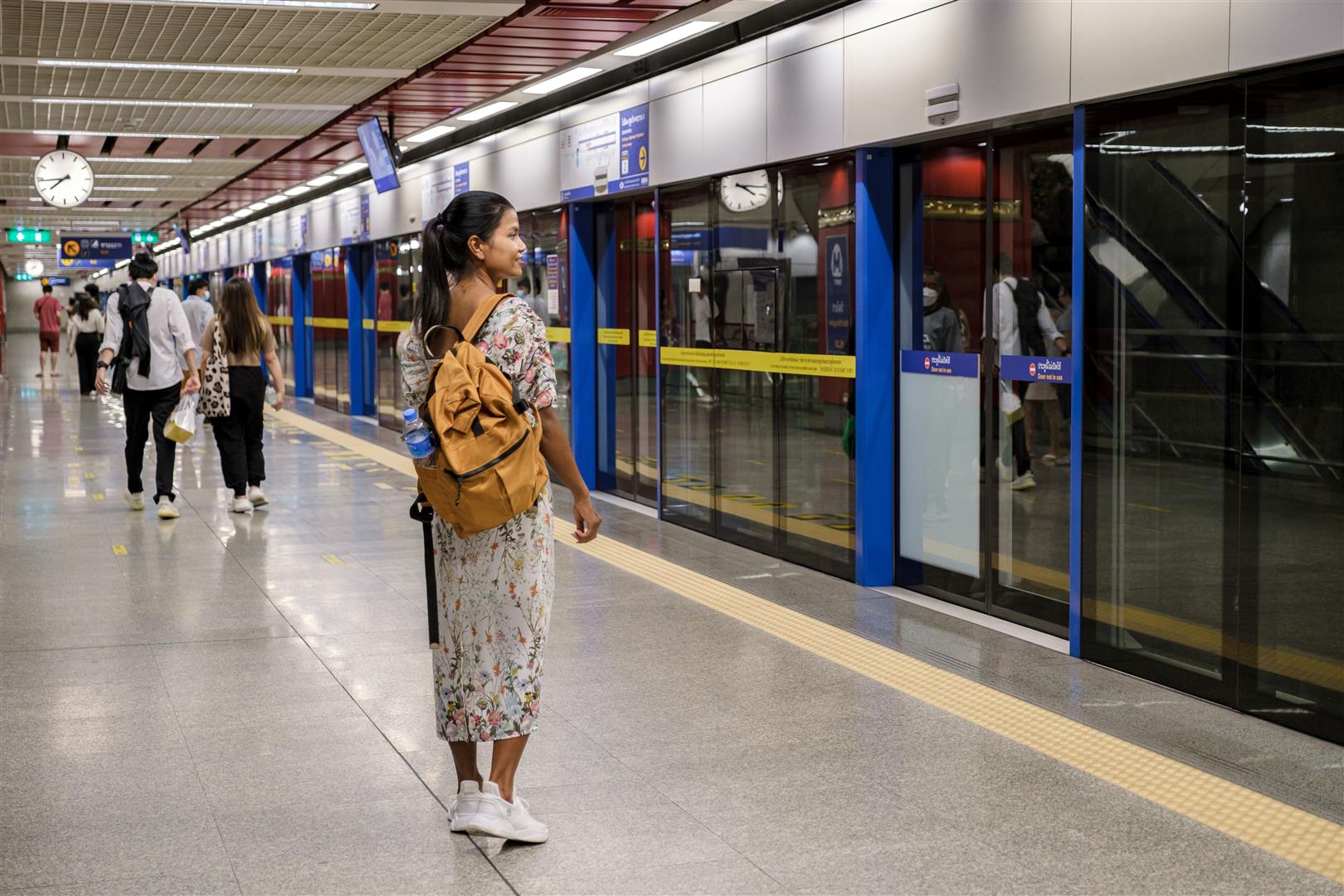
Back in the past, most of Thailand’s transportation was mainly by water. As urban populations are small, growth is non-dispersed systemic without Transit Oriented Development (TOD).
In ancient times, the city was built next to the river because water transportation was convenient. The canal will determine the distribution of the city. Entrepreneurs determine business ventures.
After that, railway junctions have been built such as Hua Lamphong, Bang Sue, Ban Phachi, Ban Dara, Kaeng Khoi. The train station will be centralized. Streets and alleys determine the distribution of the city. Entrepreneurs define their business as an entrepreneurial indulgence without TOD planning.
Period after World War II There are superhighway roads, bypass roads, community roads. The city was born from a road junction. Alley determines the distribution. Entrepreneur defines business affairs.
Current There is a double-track railway, high-speed train, Motorway Super Highway, double-track railway intersection, high-speed rail intersection, light rail road system as feeder by old TOD.
Future Develop Thailand’s transportation and urban development to link with other EEC provinces in Thailand and regions around the world.
Consequently, Transit Oriented Development (TOD) is a concept of urban and community development along with infrastructure development, creating a quality community, attractive for business investment, and promoting the use of public transportation services, transforming the sprawling city into a compact city in areas with development potential and high efficiency in transportation, and reducing urban growth without direction. The government will push together with the private sector to implement.
The concept of TOD also aims to replace driving a private vehicle with environmentally friendly modes of transportation, reduce traffic congestion through efficient modes of transportation, improve access to public transit networks, and build amenities that make travel easier.
The new city that TOD has created is ideal for habitation in residential areas, commercial areas, business areas, and public places, with a full utility system that supports economic activity, reduces travel costs, and saves on energy use.
Source: Office of Transport and Traffic Policy and Planning
Tel: +66 2 215 1515